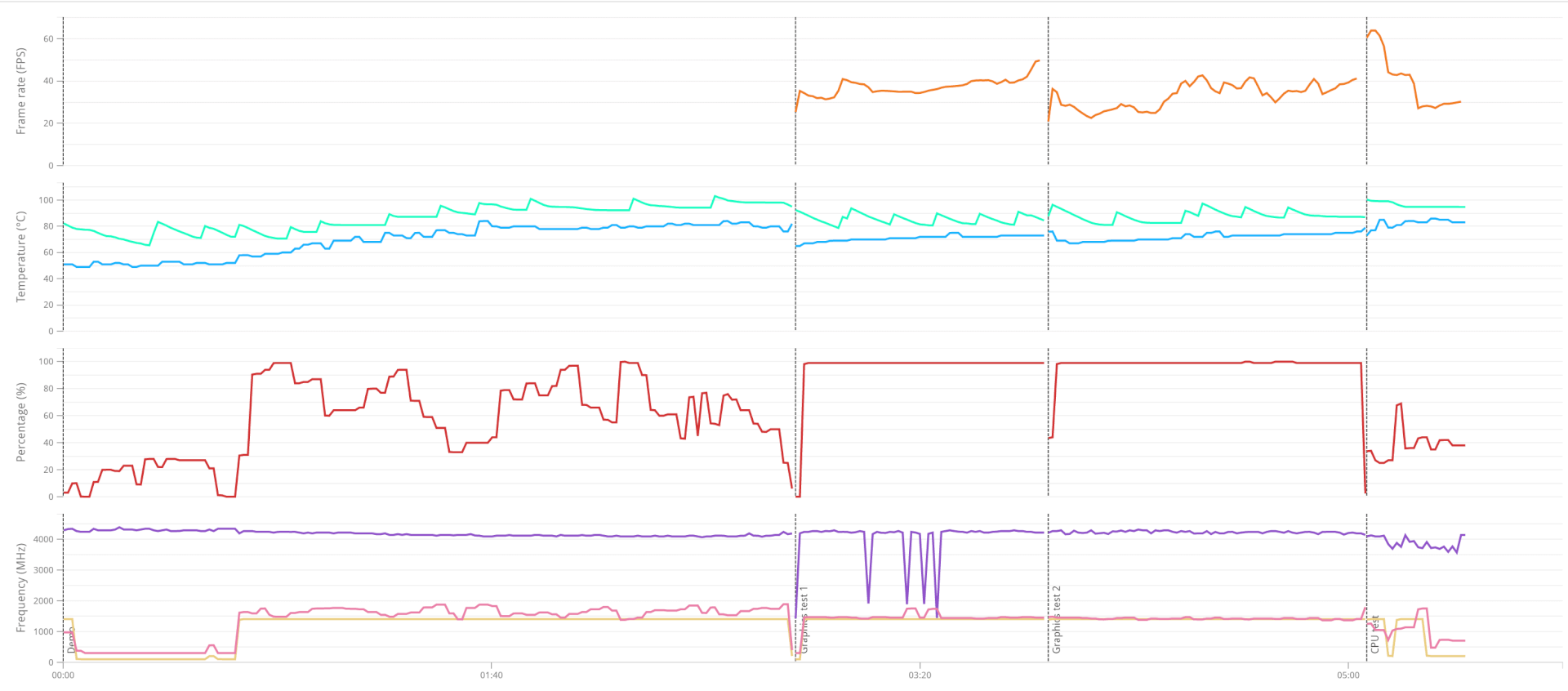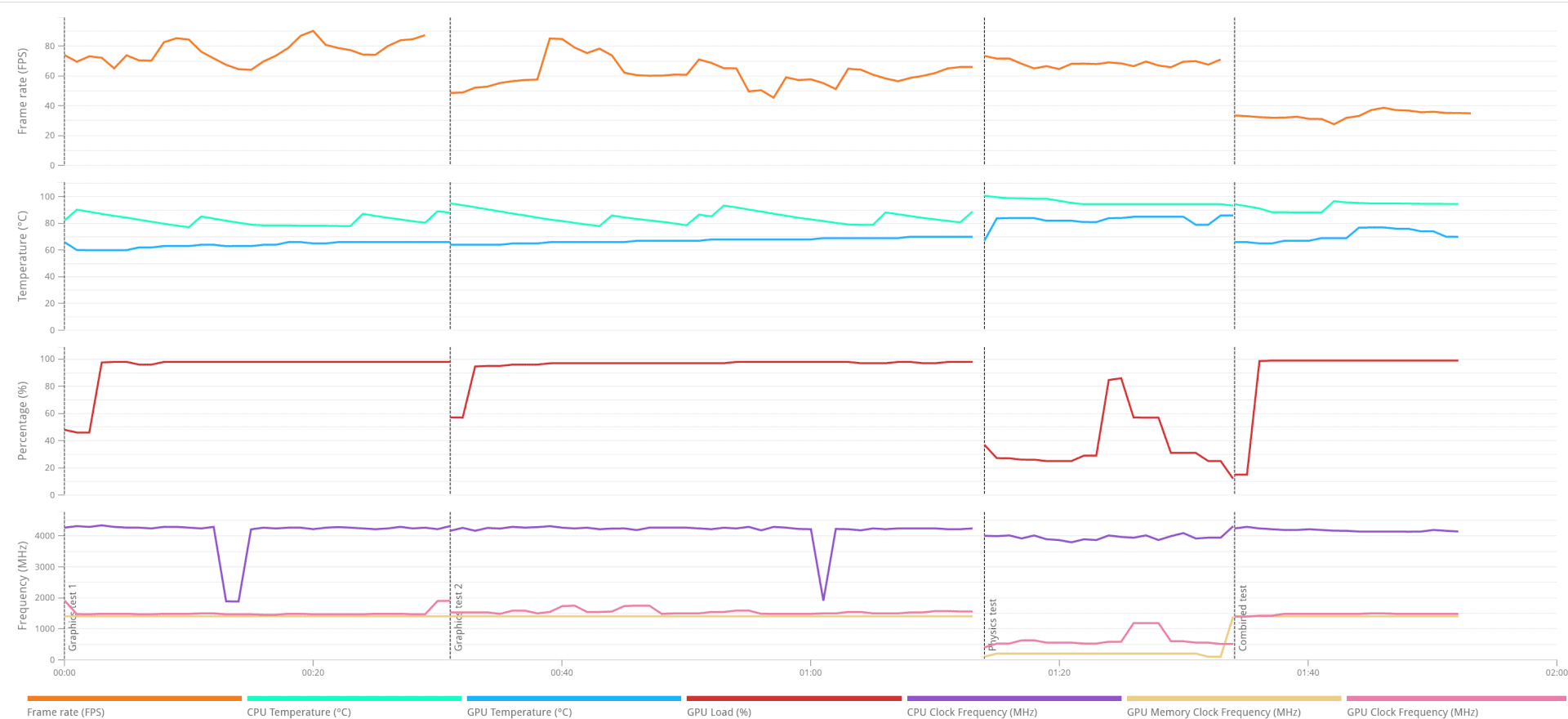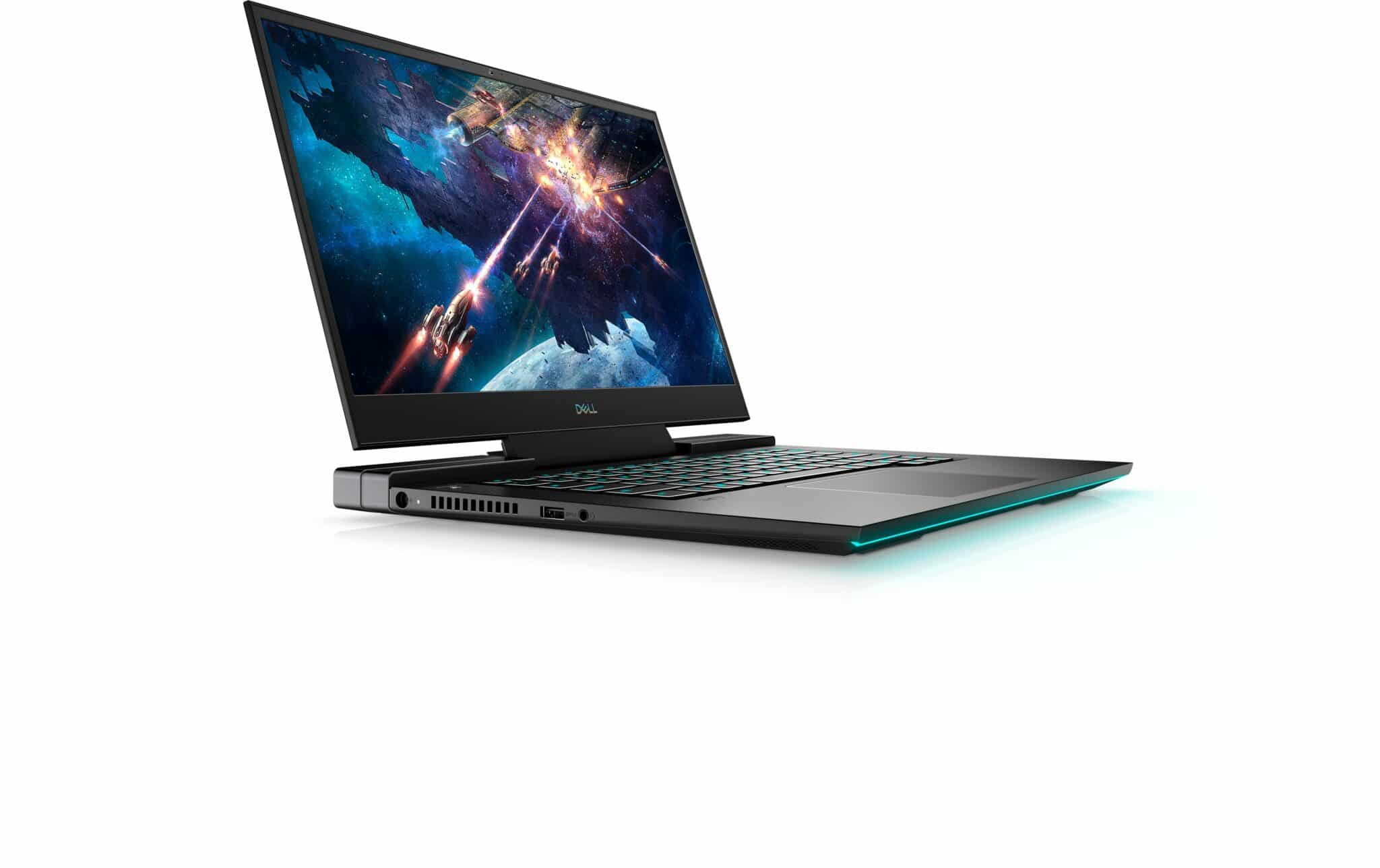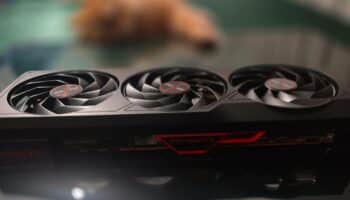Dell is generally perceived as the Apple of gaming notebooks. Cutting-edge, popular among the masses, and a fair bit pricier than the competition without any apparent benefits. In this review, I’ll be having a look at the Dell G7 15″ Gaming notebook, based on Intel’s Core i7-10750H CPU and the GeForce RTX 2060 discrete graphics. Admittedly, this SKU is sort of last-gen but you’ll find a ton of these on the market, often at decent prices. And despite being slightly dated, it should be sufficient if you’re not picky when it comes to turning down the graphics settings in some of the more taxing games.
We’ll primarily be comparing this notebook to the ASUS Zephyrus G14 which features the AMD Ryzen 9 4900H and the GeForce RTX 2060 Max-Q graphics and is priced slightly slower than the G7 ($1,349 vs $1,529). While the Zephyrus does pack a more potent CPU, the GPU is restricted and the smaller form factor also prevents it from going all-out. This should make it a more interesting comparison. Personally, I loved the G14, but the G7 has its own strengths.
General System Performance
We start off the testing with PC Mark 10 which gives a good impression of the overall performance of a notebook or desktop PC. We’ve got the essentials that include lightly threaded applications like web-browsing, video conferencing, and app-start times. Here, the Ice Lake-U flagship, the Core i7-1065G7 on account of its IPC advantage comes out on top.
With productivity tests, we’re looking at writing and spreadsheet performance which to be fair is less of a benchmark than a courtesy. This too is a single-threaded workload that benefits from frequency bursts rather than raw performance. As such, all four notebooks perform more or less the same, with the Dell XPS lagging behind for some reason.
Content creation includes rendering, photo, and video editing. This is AMD’s own backyard leveraging as many threads as you throw at it. As such, the Ryzen 9 powered Zephyrus G14 wins here by a fat margin.
Overall, the Zephyrus G14 comes out on top despite being lighter, thinner, and cheaper. The Renoir-powered 14″ notebook beats not only the Surface 3 but also races past the Dell G7, all the while drawing less power and operating without much noise. The fans on the G7 spin at close to 100% in the DCC test and the chassis also gets pretty hot.
Clock Scaling, Temps, and Power
Dell G7 (Core i7-10750H)



The Core i7-10750H runs at a higher clock (4.6GHz) compared to the Ryzen 9 4900HS on the Zephyrus G14 (4.35GHz) presumably on account of the higher TDP but doesn’t come close to its boost clock (single-core) of 5GHz. However, it does consistently cross the 4.5GHz mark while the latter is limited to under 4.4GHz. This does result in the CPU core temps touching the 90 degrees mark every now and then which results in a fair bit of throttling. The same behavior is seen on the G14, but to a slightly lesser degree with the clock speeds being more consistent.
Zephyrus G14 (Ryzen 9 4900HS)



Despite leveraging the date 14nm node, the Core i7-10750H on the G7 is more power-efficient than the Ryzen 9 4900HS, generally staying around the 50W mark. The latter, on the other hand, quite regularly goes past it.
CPU Performance Benchmarks

Cinebench R20 is a compute-oriented benchmark that stresses all the cores of the CPU. The Zephyrus G14 and its Ryzen 9 4900HS (being an octa-core CPU) easily crush the hex-core i7-10750H on the Dell G7. The single-core scores aren’t any better on the G7 and it ends up being the slowest part on the list.

Continued on Page 2…
The Zephyrus G14 continues to annihilate the G7 in 7-zip, thanks to its higher core count and finer process node. Speedometer sees more or less the same result, with the G7 ending up at the bottom of the chart.

The WebXPRT 2.0 browser benchmark sees the Dell G7 register its maiden win with a notable lead over both the G14 as well as the Surface 3.

Graphics and Gaming Performance
In 3DMark TimeSpy, the Zephyrus levels with the Dell G7 in the GPU tests despite featuring the more efficient Max-Q variant of the RTX 2060, while decimating it in the CPU test with a lofty lead of nearly 50%.


The GPU frequency charts of the two laptops are interesting. Despite being a lower TDP design, the RTX 2060 Max-Q on the G14 sticks close to the 1.5GHz mark on the core, just like the G7. Both CPUs ran pretty hot during the CPU test, with the GPU on the G7 being a tad bit toastier than the G14.

Firestrike shows similar results, except the results are even more skewed towards the Zephyrus G14. The 14″ ASUS notebook beats the 15″ Dell G7 is not only the CPU physics test, but also edges past in both the GPU tests. This is quite strange since it features the Max-Q variant of the RTX 2060 while the G7 includes the full-fledged mobile variant.
The GPU frequency charts once again reveal that there’s no actual difference between the standard and Max-Q versions of the RTX 2060 in this case with both of them clocking just over the 1,600MHz mark.


Once again, the GPU on the G14 runs a fair bit cooler than the G7 despite being faster and exhibiting identical clock speeds.

Unsurprisingly, the same results are once again brought forth in the gaming benchmarks, with the Zephyrus G14 and its RTX 2060 Max-Q beating its higher-TDP sibling on the G7 by as much as 40%.

Conclusion: Why is it so Expensive?
The only advantage the Dell G7 has over the Zephyrus G14 is with respect to its display. The 144Hz panel should appeal to the FPS gaming audience, and its super-loud speakers also have a certain…appeal. At the end of the day, my gripe with the G7 is with respect to its price. It should actually be priced close to the $1,200 mark as it performs much worse than rival offerings in its present price range.
PS: This laptop has a gigantic adapter with a gorilla-sized plug. I had to order a third-party replacement to be able to use it with one of my inlets. This makes it not very portable. You won’t find any extension cord or adapter on the market that fits this abomination of a plug.
The only advantage the Dell G7 has over the Zephyrus G14 is with respect to its display. The 144Hz panel should appeal to the FPS gaming audience, and its super-loud speakers also have a certain...appeal. At the end of the day, my gripe with the G7 is with respect to its price. It should actually be priced close to the $1,200 mark as it performs much worse than rival offerings in its present price range.Dell G7 15" Review
Performance - 60%
Display - 70%
Build - 85%
Battery - 70%
Portability - 50%
67%
Only for the Hardcore Dell fans
Further reading:
ASUS Zephyrus G14 Review: AC vs Battery Performance

 Sapphire Pulse Radeon RX 7900 GRE Review: AMD’s Best in Action
Sapphire Pulse Radeon RX 7900 GRE Review: AMD’s Best in Action Intel Graphics Driver Boosts Performance by up to 48% on Meteor Lake Processors
Intel Graphics Driver Boosts Performance by up to 48% on Meteor Lake Processors Ghost of Tsushima PC Specs: NVIDIA RTX 4080 for 4K 60 FPS, Likely to Favor AMD Radeon
Ghost of Tsushima PC Specs: NVIDIA RTX 4080 for 4K 60 FPS, Likely to Favor AMD Radeon Dragon’s Dogma 2 PC Benchmark Test: AMD RX 7900 XTX Beats the NVIDIA RTX 4090
Dragon’s Dogma 2 PC Benchmark Test: AMD RX 7900 XTX Beats the NVIDIA RTX 4090